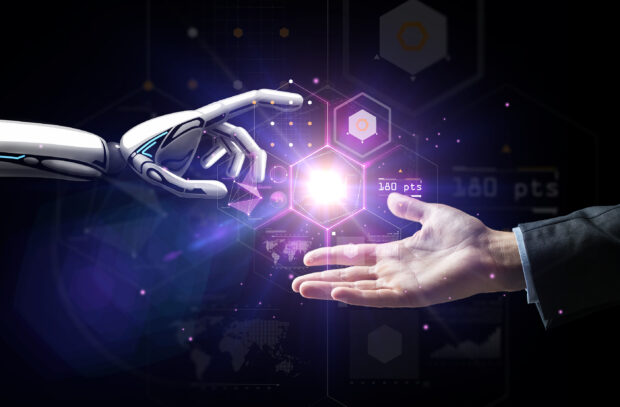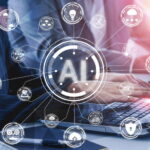The definitions of artificial intelligence and machine learning used in the NAIC Surveys on Automobile and Homeowners over the last few years differ from the definitions set forth in the Model Bulletin on the Use of Algorithms, Predictive Models, and Artificial Intelligence (AI) Systems by Insurers.”
The surveys, with a focus on “advanced AI” or post-year 2000 models, say: “AI/ML describes an automated process in which a system begins recognizing patterns without being specifically programmed to achieve a pre-determined result. This is different from a standard algorithm in that an algorithm is a process or set of rules executed to solve an equation or problem in a pre-determined fashion. Evolving algorithms are considered a subset of AI/ML.”
Multi-item lists provide examples of what are considered AI/ML systems for survey purposes, and what are not. Excluded from this definition, for example, are “Static ratemaking and/or predictive-modeling methodologies, including linear regression, generalized linear modeling (GLM), or generalized additive modeling (GAM).”
The model bulletin, which includes predictive models within its scope, says:
“Artificial Intelligence (AI) refers to a branch of computer science that uses data processing systems that perform functions normally associated with human intelligence, such as reasoning, learning, and self-improvement, or the capability of a device to perform functions that are normally associated with human intelligence such as reasoning, learning, and self-improvement.”
Noting that machine learning is a subset of artificial intelligence, the model bulletin says:
“Machine Learning (ML) refers to a field within artificial intelligence that focuses on the ability of computers to learn from provided data without being explicitly programmed.
According to the bulletin:
“Predictive Model refers to the mining of historic data using algorithms and/or machine learning to identify patterns and predict outcomes that can be used to make or support the making of decisions.”
Also defined in the bulletin are the terms “algorithm,” “AI System,” “Generative AI,” and “Model Drift.”




















 Dozens of State Attorneys General Urge Congress Not to Block AI Laws
Dozens of State Attorneys General Urge Congress Not to Block AI Laws  Artificial Intelligence on Trial: What Recent Lawsuits Reveal About Casualty Exposure
Artificial Intelligence on Trial: What Recent Lawsuits Reveal About Casualty Exposure  Pot Addiction Is Possible — What to Know
Pot Addiction Is Possible — What to Know  How One MGU Grew Fivefold When Capacity Fled Cat-Prone Property Markets
How One MGU Grew Fivefold When Capacity Fled Cat-Prone Property Markets 







